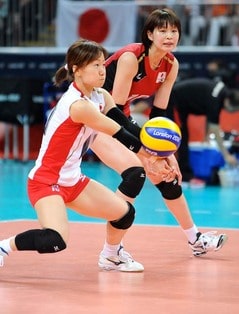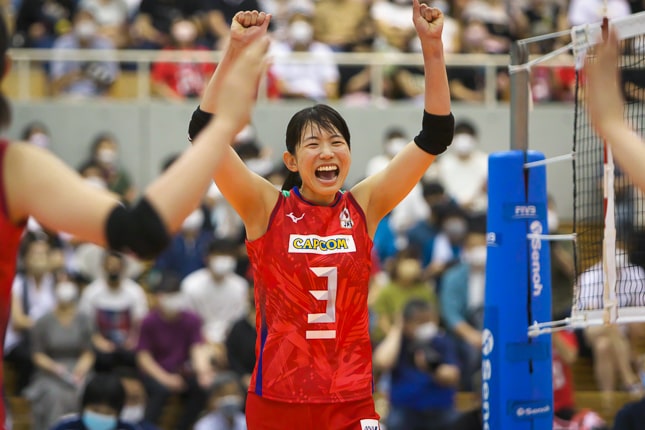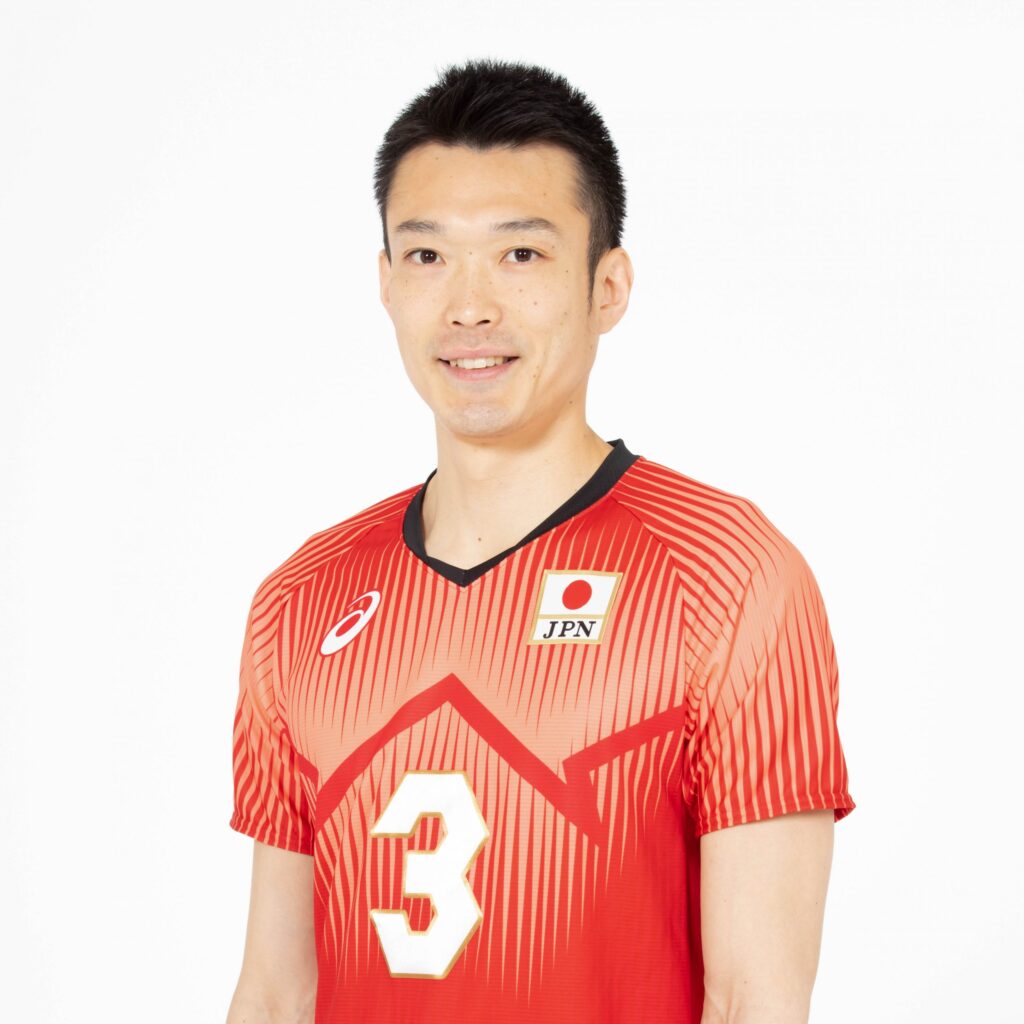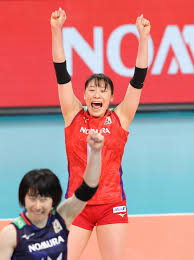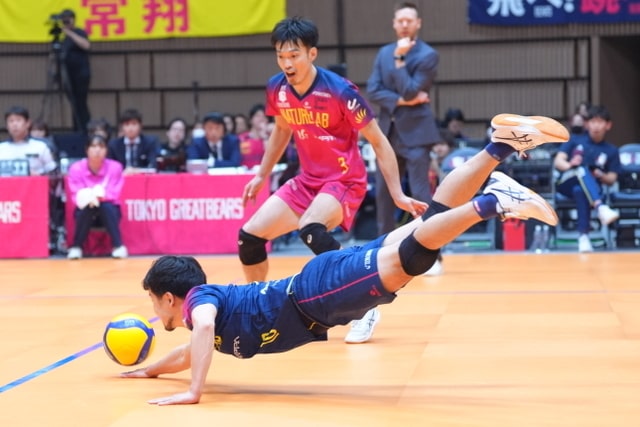
Volleyball is a team sport that requires cooperation and skill.
In order to become better, it is essential not only to improve individual skills, but also to work together as a team and understand strategies.
In this article, we will explain in detail the training methods and mindset needed to improve volleyball skills, as well as the importance of team play, and finally, we will introduce a method for amateur volleyball players to improve their skills immediately.
目次
How to improve individual volleyball techniques
1. Thorough understanding of basic techniques
The basic techniques in volleyball are serve, receive, setting, spike, block, and dig. Carefully honing each of these techniques one by one is the first step to improving.
- Serve: The serve is the first step in an attack. Repeat the exercises to increase accuracy, power, and variation.
- Receive: If you can receive consistently, you can prevent your opponent’s service ace and create attacking opportunities. Develop a form that allows you to catch the ball firmly under your body.
- Setting: The setter is the control tower of the team. Accurate set determines the quality of attack. Practice sets from different positions to hone your senses.
- Spikes: Spikes that are powerfully driven into the opponent’s court are a source of points. It is important to practice jumping ability, timing, and striking.
- Block: A chance to directly stop an opponent’s attack. Timing and positioning as well as the ability to read the opponent’s intentions are required.
- Dig: A technique to receive powerful spikes without letting them fall to the ground. Correct posture and reaction speed are key.
2. Physical training
Volleyball is a sport that uses the whole body, so it requires improved strength, flexibility, stamina, and jumping ability. Incorporate physical training several times a week to improve your basic strength.
3. Situational judgment and tactical understanding
Once your individual skills reach a certain level, it is important to deepen your understanding of situational judgment and tactics during the game. In addition to gaining experience in actual battles, learning by watching videos is also effective.

Strengthening as a volleyball team
1. Strengthen communication
Volleyball is a sport where communication is very important. Let’s build a relationship of trust by actively speaking out to each other not only during games but also during practice.
2. Understanding positions and division of roles
Clarifying positions and roles within the team and ensuring that each person fulfills their role will lead to improved team strength. Understand the characteristics and roles of each position and contribute to team tactics.
3. Game analysis
During the post-game review session, the team shares the reasons for victory and defeat, and identifies areas for improvement next time. Regular game analysis is essential to our growth as a team.
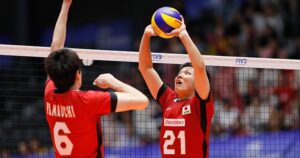
mental training
1. Positive thinking
Don’t worry too much about winning or losing, focus on each play and maintain a positive attitude. It is important to increase your self-confidence and believe in your teammates.
2. Dealing with pressure
Everyone experiences tension and pressure. Learn breathing and relaxation techniques to find ways to calm your mind.

Tips and practice methods to become better at volleyball
If you want to get better at volleyball, please take a look at the tips I wrote earlier on how to get better at volleyball.
In the article, we explain tips and practice methods to improve your skills.
How to get better at volleyball instantly
I’ll be good at it by tomorrow! I can’t say for sure, but there is a special method that beginners of volleyball can use to improve their volleyball relatively quickly.
The way to do that is to read the launch of the ball! is.
The ability to read the trajectory of a ball is an important skill in many sports, including soccer, baseball, volleyball, and tennis.
If you can instantly judge the point where the ball will fall, you will improve not only in volleyball but in all sports and competitions that use a ball.
To improve this skill, you need to predict your opponent’s movements, know the initial speed and direction of the ball, and gain experience through practice.
Below, we will introduce a simple method and specific practice method for reading the trajectory of the ball.
Basics of reading the trajectory of the ball
- Observe your opponent’s body movements:
- It predicts in which direction and at what speed the ball will fly based on the opponent’s body direction, arm movements, and foot position at the moment the ball is hit.
- Pay attention to the initial velocity of the ball:
- By looking at the speed and angle of the ball immediately after it leaves your hand, bat, racket, etc., you can roughly predict its trajectory.
- Gain experience through practice:
- With experience, your ability to read the trajectory of the ball quickly and accurately in different situations will improve.
How to practice reading the trajectory of the ball
1. Visual focus practice
- Purpose: Be able to track the movement of the ball and opponent players at the same time.
- How to do it: When playing catch with a partner, practice consciously watching the movements of your opponent’s hands and shoulders at the moment you throw the ball. Gradually increase the distance so you can handle even faster balls.
2. Improving reaction speed
- Purpose: Develop the ability to react quickly when the ball is hit.
- How to do it: Practice receiving and catching pitches from a ball machine or a partner at different speeds and angles. You can also use short sprints and other drills that require reaction time to work on your reaction speed.
3. Predictive training
- Purpose: To improve the ability to predict the trajectory of the ball under different situations.
- Method: Observe the opponent’s batting and movements before a shot (pre-swing) and practice predicting the trajectory of the ball. This exercise is even more effective when combined with video analysis.
4. Practice in game format
- Purpose: Test your ability to read the trajectory of a ball in a way similar to actual play.
- Method: Practice in a real game format and practice reading the ball’s trajectory in various real-world situations. During the game, always pay attention to the movements of your opponent and the initial speed of the ball to develop your predictive ability.
Your ability to read the trajectory of the ball will gradually improve with practice and experience.
It is important to start with basic techniques and gradually build up practice in a form similar to actual combat.
By observing your opponent’s movements, understanding the initial velocity of the ball, and improving your predictive ability through lots of practice, you can improve your performance in any sport.
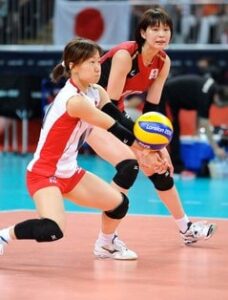
summary
In order to become good at volleyball, it is not only necessary to acquire individual skills, but also to cooperate as a team and train mentally.
Let’s work hard at training every day, not only by practicing, but also by being mindful of enjoying the game.
Improvement doesn’t happen in a day; persistence is the key.
Click here for volleyball glossary



